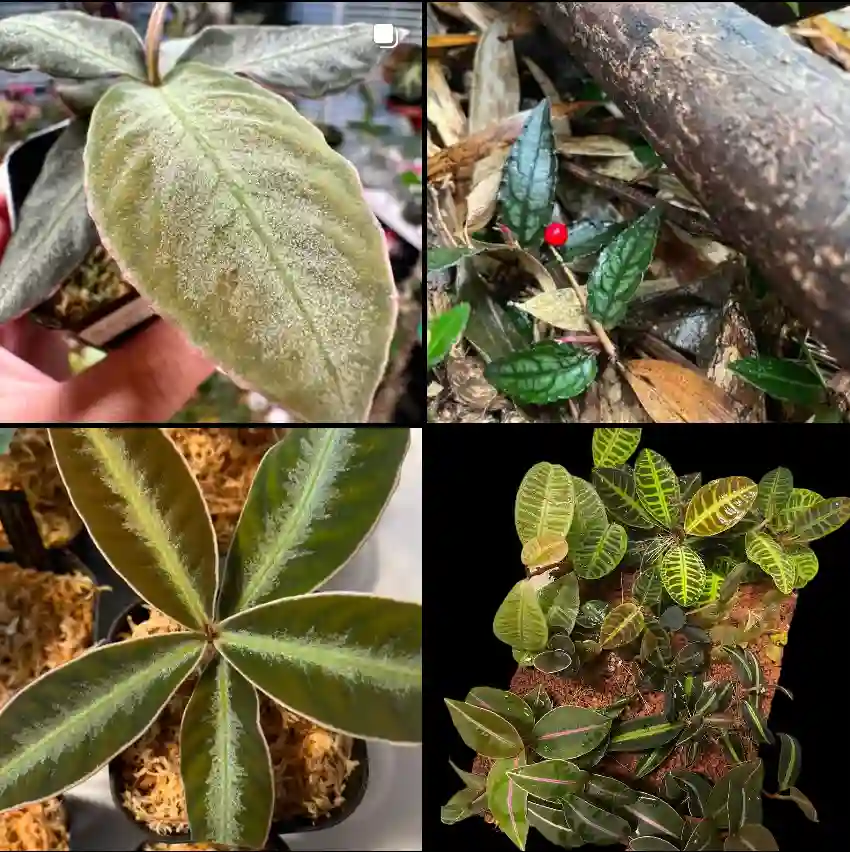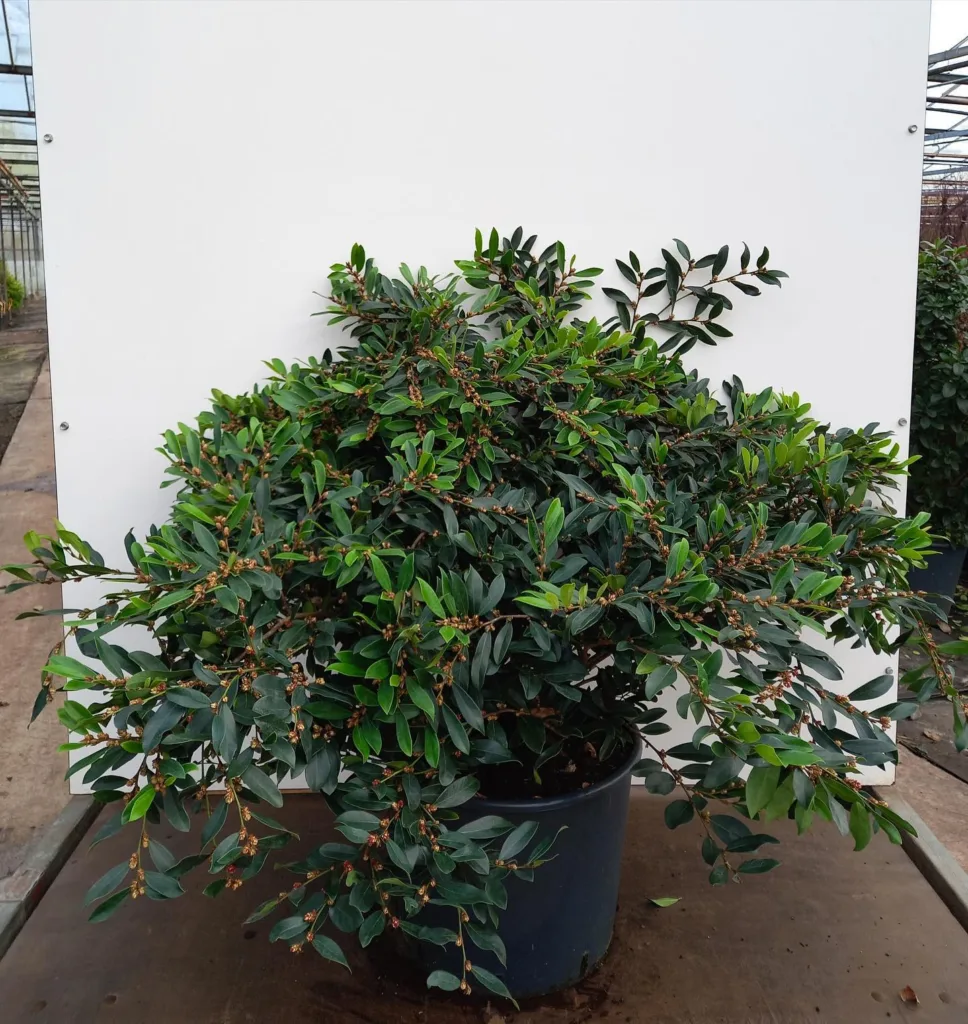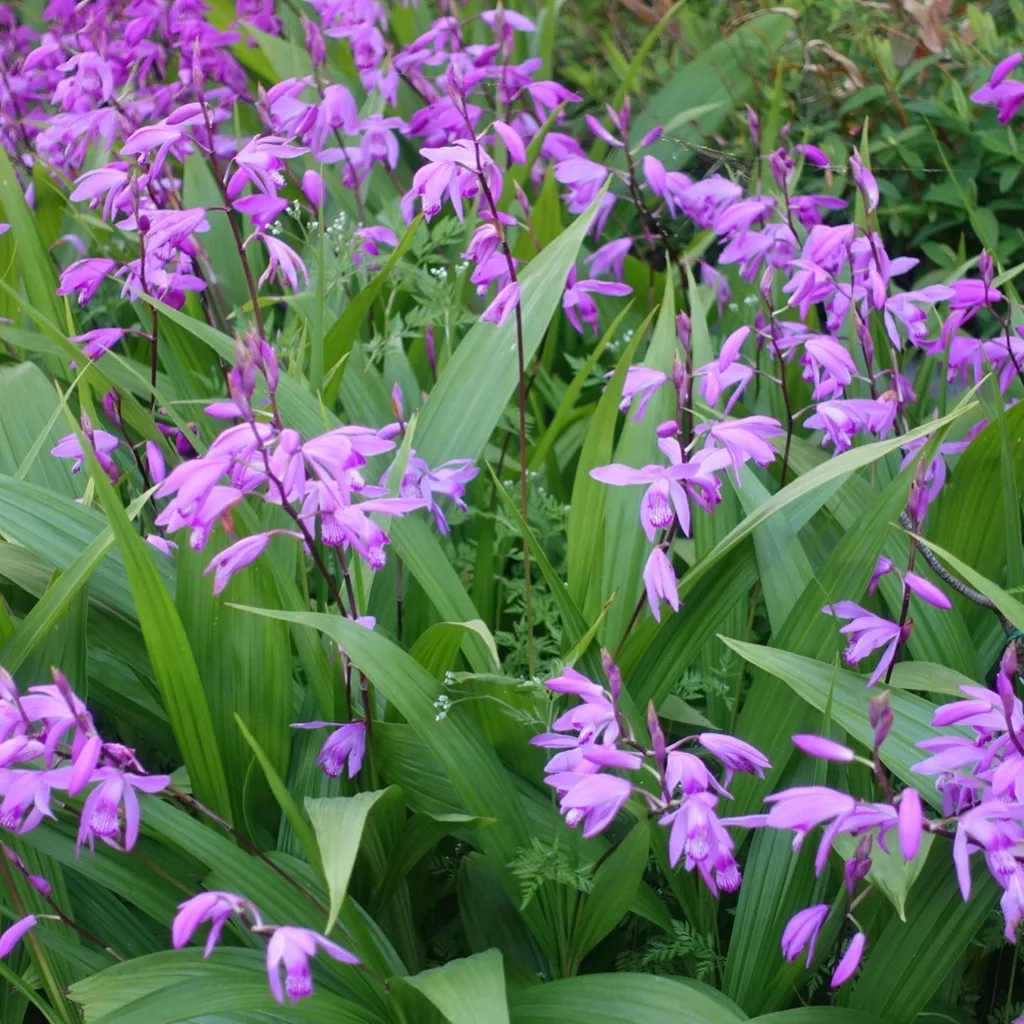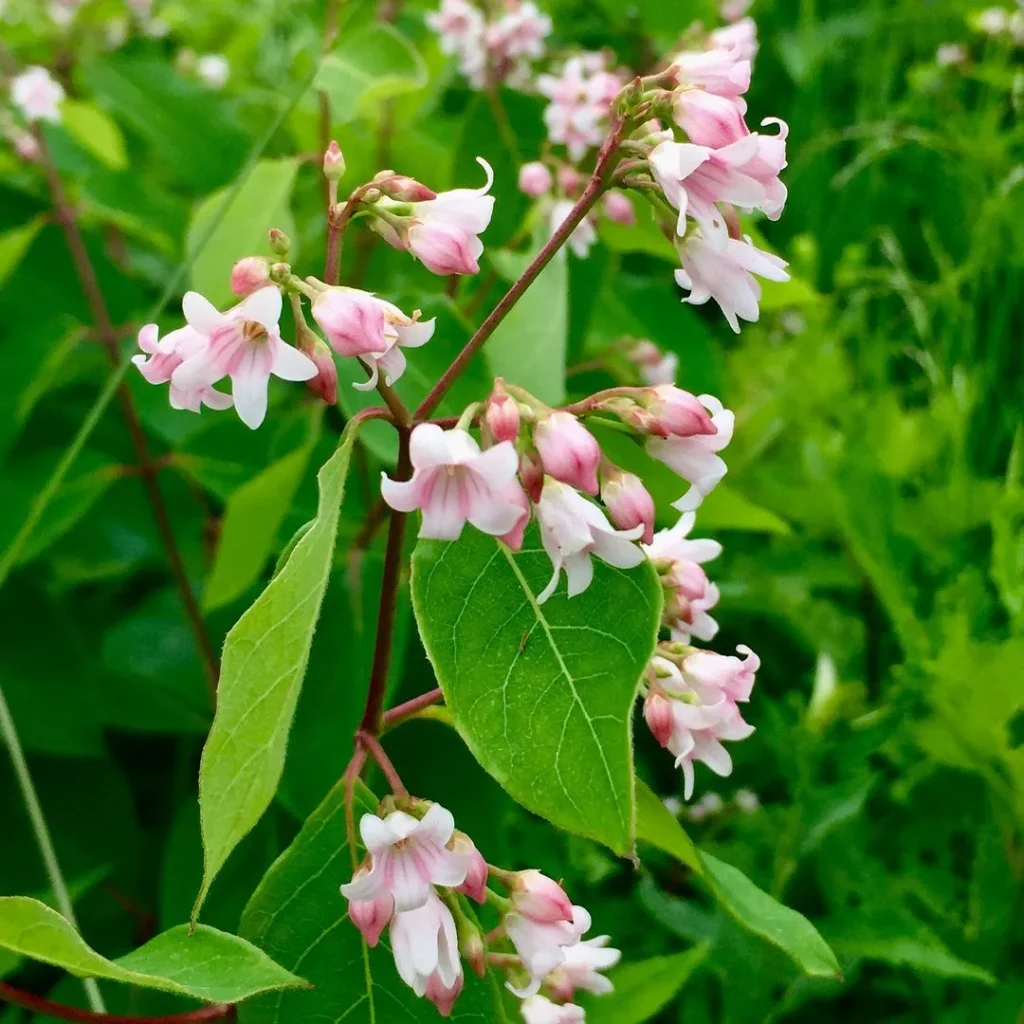Exploring the Scheuchzeriaceae Family: A Personal Journey
The world of botany never ceases to amaze me. As I dive deeper into the intricate tapestry of plant families, I recently stumbled upon the Scheuchzeriaceae family, particularly focusing on the genus Scheuchzeria. This discovery was both enlightening and enriching, revealing the fascinating characteristics and ecological significance of these unique plants.
Understanding the Scheuchzeriaceae Family
The Scheuchzeriaceae family is relatively small and somewhat obscure in the grand scheme of plant taxonomy. This family comprises only one genus: Scheuchzeria. These plants are primarily found in wetland environments, showcasing an incredible adaptation to waterlogged conditions. They typically thrive in shallow waters, marshes, and along the edges of lakes, which intrigued me as I explored their habitat preferences.
Scheuchzeria consists of herbaceous perennial plants, characterized by their narrow leaves and distinct flowering structures. One of the most notable species within this genus is Scheuchzeria palustris, commonly known as scheuchzeria or the bog plant. This species can be found across various regions, including parts of North America and Eurasia.
Characteristics of Scheuchzeria
What stands out to me about Scheuchzeria is its striking morphology. The leaves are long and slender, often resembling those of grasses, which allows them to thrive in aquatic environments without being damaged by strong winds or currents. The flowering structure is equally fascinating; it typically features small, inconspicuous flowers that cluster together, making them less noticeable but still significant in their ecological role.
One aspect I find particularly interesting is how these plants engage in a unique reproductive strategy. They are often pollinated by water insects and other aquatic creatures, which helps maintain their populations in wetland ecosystems. This mutual relationship between the plants and their pollinators emphasizes the importance of biodiversity in these habitats.
Ecological Significance
The ecological role of Scheuchzeriaceae plants is vital, particularly in wetland environments. As a nature enthusiast, I appreciate how these plants contribute to the stability and health of their ecosystems. They provide essential habitat for various aquatic and terrestrial species, offering shelter and food for insects, amphibians, and even birds.
Moreover, the presence of Scheuchzeria in wetlands helps improve water quality. These plants can filter pollutants and excess nutrients, acting as natural purifiers for their environment. Their ability to thrive in saturated conditions makes them a crucial component of wetland restoration efforts. I find it inspiring to see how a seemingly small family of plants can have such a significant impact on the larger ecosystem.
Personal Experiences and Observations
In my explorations of wetlands, I’ve encountered Scheuchzeria palustris in various locations. Observing these plants in their natural habitat has been a rewarding experience. Watching them sway gently in the water reminds me of the delicate balance of nature and the importance of preserving such ecosystems.
One memorable encounter was during a hike in a local marshland. I was struck by the sight of these slender plants standing tall amidst a backdrop of vibrant green foliage. The way they adapted to their environment—rooted in mud but reaching upwards towards the light—resonated with my personal philosophy of resilience.
Conservation and Challenges
Despite their ecological importance, Scheuchzeriaceae plants face several challenges, primarily due to habitat loss and environmental degradation. Wetland areas are increasingly threatened by urbanization, agriculture, and climate change. It is crucial that we advocate for the protection of these unique ecosystems to ensure the survival of Scheuchzeria and other vital plant species.
I believe that education and awareness are key to conservation efforts. Sharing my passion for plants and their environments has allowed me to connect with others who feel equally invested in preserving our natural world. I encourage everyone to explore their local wetlands and learn more about the incredible species that inhabit these areas.
Conclusion
In summary, my exploration of the Scheuchzeriaceae family and its sole genus, Scheuchzeria, has opened my eyes to the complexities of plant life in wetland ecosystems. These remarkable plants serve not only as a testament to nature’s adaptability but also as a vital part of our ecological landscape. As I continue to learn and share my experiences, I hope to inspire others to appreciate and protect the wonders of our natural world. Whether it’s through conservation efforts or simply spending time in nature, every action counts in safeguarding these essential habitats for generations to come.
If i die, water my plants!



